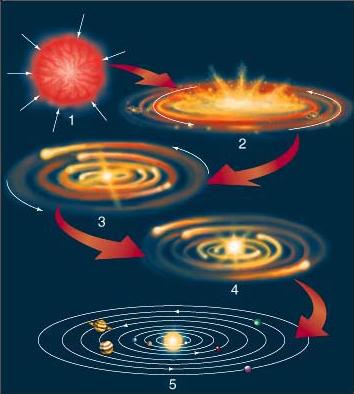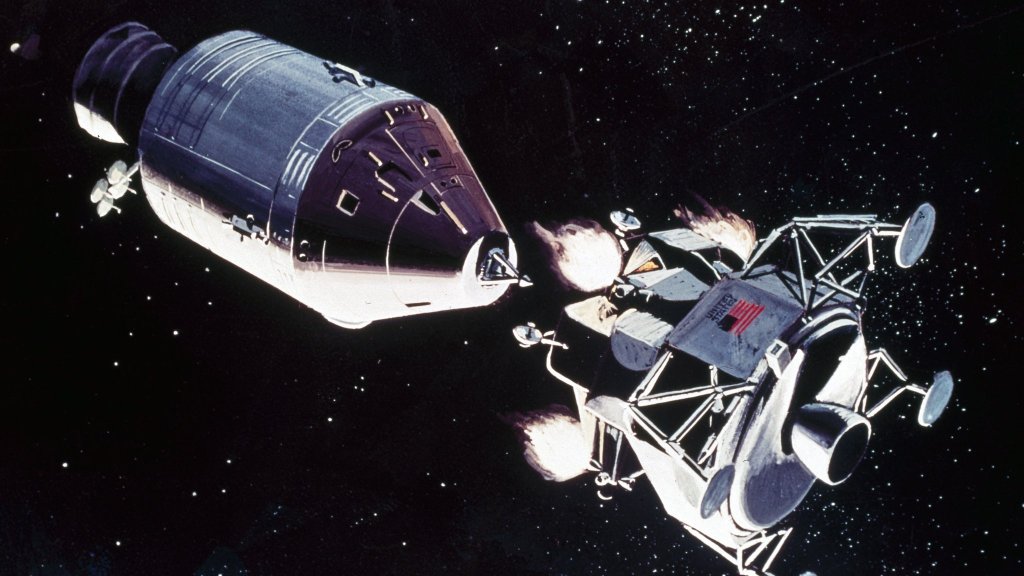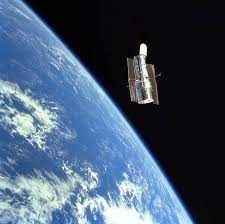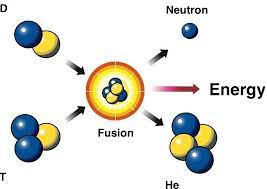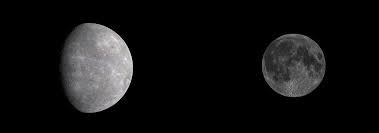Take a look at this picture of a black hole

Photo by: Space.com
This is actually called a quasar. A quasar is a supermassive black hole that is actively pulling in surrounding material due to its massive gravitational force. A black hole is an entity where the force of gravity is so intense that not even light can escape it. But wait? There is literally light coming out of the black hole in the picture I just showed you. And I just said light can’t escape a black hole. So how is that possible?
Let me tell you
Not every black hole produces a light beam (called a quasar jet) that we can see. The light coming out of a quasar isn’t actually coming from the black hole. There are a couple factors that need to be met before this light beam can be produced and seen. The factors that need to be met is the supermassive black hole needs to be spinning rapidly and it needs to have a black hole corona emit large amounts of X-rays. A black hole corona is the area on top of and below the material we see spinning in a circle around the black hole. The black hole coronas emit a ton of X-rays and create an extremely powerful magnetic field. The strong magnetic field along with the X-rays and the speed of rotation allow the quasar jet to stay in place and to be seen without it being sucked in by the black hole. The quasar jet is not inside of the black hole and remains in its location mainly due to the magnetism created by these factors.

